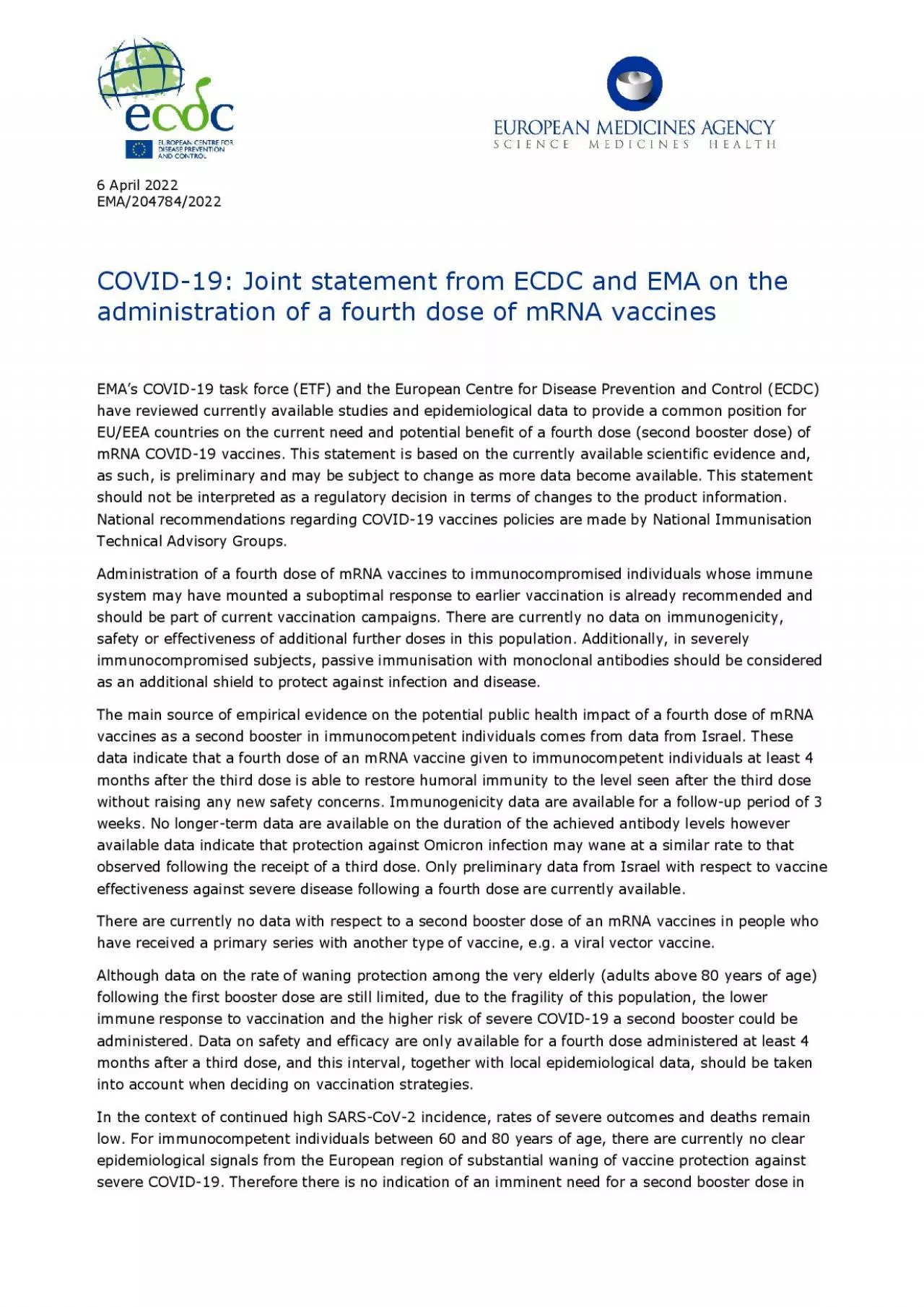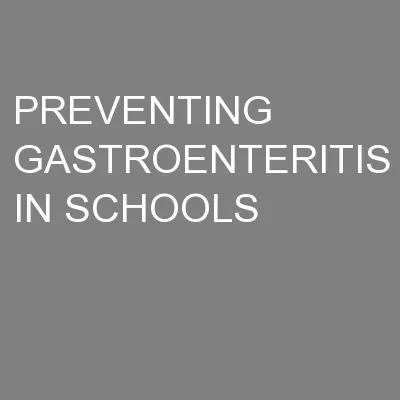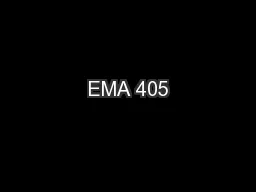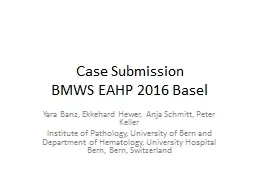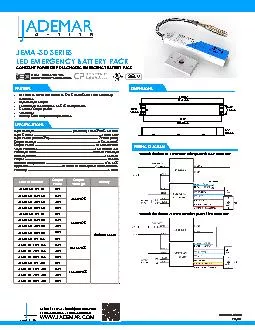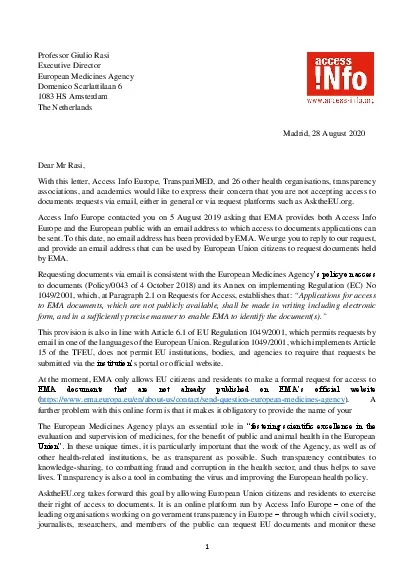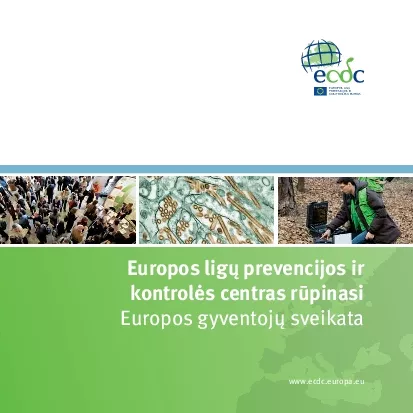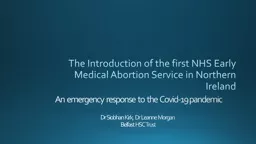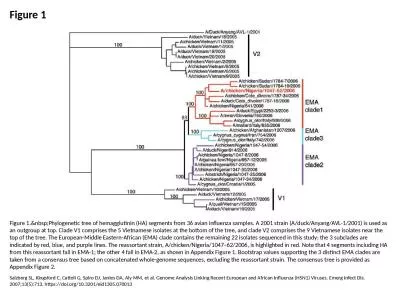PDF-6 April 2022EMA2047842022COVID19 Joint statement from ECDC and EMA
Author : dorothy | Published Date : 2022-09-22
this population However continued close epidemiological and vaccine effectiveness monitoring isessential in order to rapidly detect signals indicating the emergence
Presentation Embed Code
Download Presentation
Download Presentation The PPT/PDF document "6 April 2022EMA2047842022COVID19 Joint s..." is the property of its rightful owner. Permission is granted to download and print the materials on this website for personal, non-commercial use only, and to display it on your personal computer provided you do not modify the materials and that you retain all copyright notices contained in the materials. By downloading content from our website, you accept the terms of this agreement.
6 April 2022EMA2047842022COVID19 Joint statement from ECDC and EMA: Transcript
Download Rules Of Document
"6 April 2022EMA2047842022COVID19 Joint statement from ECDC and EMA"The content belongs to its owner. You may download and print it for personal use, without modification, and keep all copyright notices. By downloading, you agree to these terms.
Related Documents

